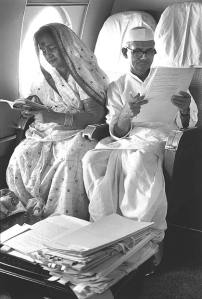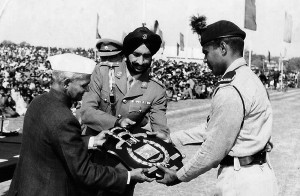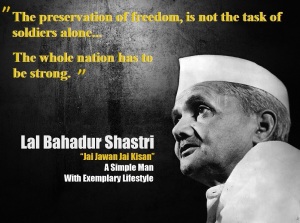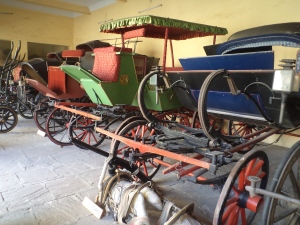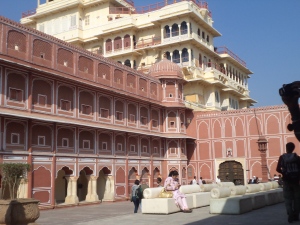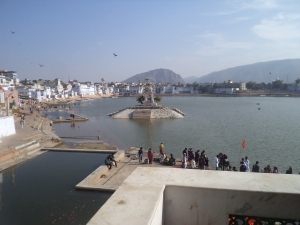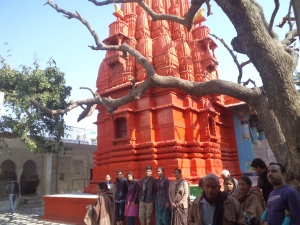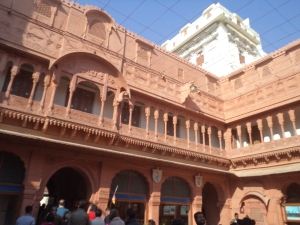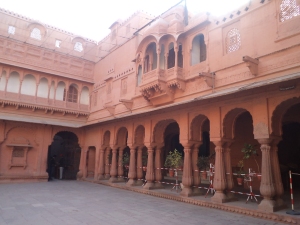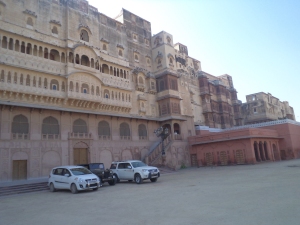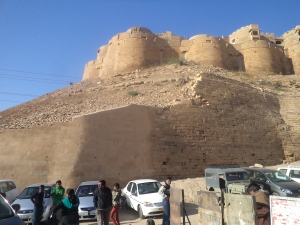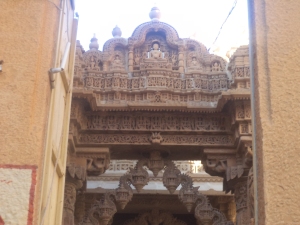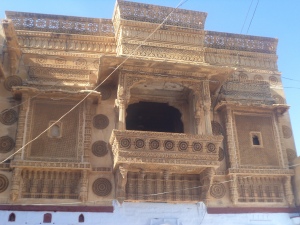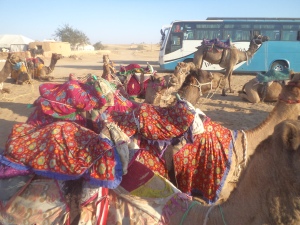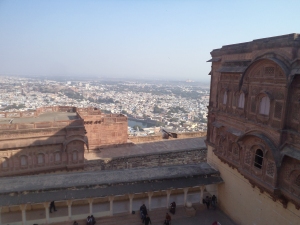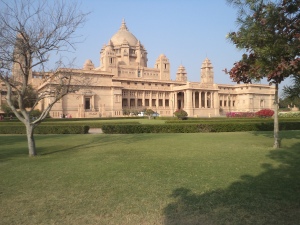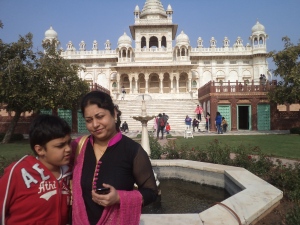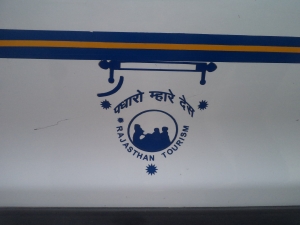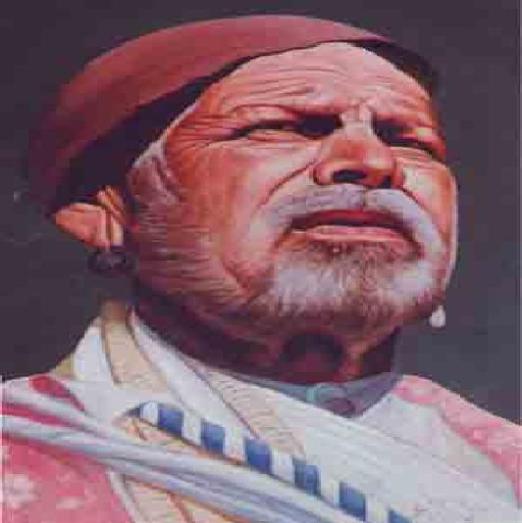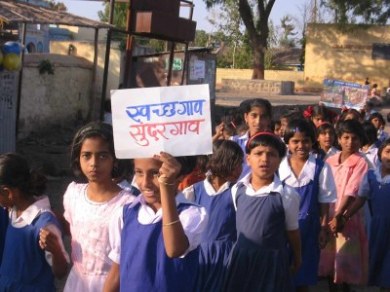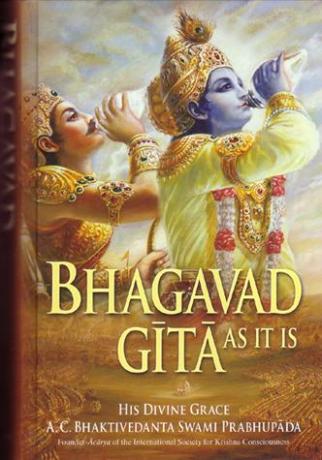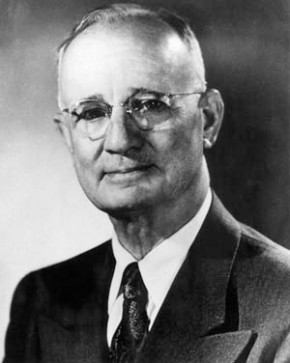However, if meetings can be held effectively, these are invaluable techniques of taking strong decisions after thorough discussion. It’s necessary to understand for the coordinators and even the CEO’s to have adequate knowledge of how to make meetings effective and productive. The chairman of the meeting plays a very important role for the efficacy of the meeting. Besides, meetings must give a satisfaction of openly discussing the ideas which you may have but you may not find an opportunity to express. Thus while on the one side we find that the poor meetings can be waste of expensive time of the executives, on the other these can be very helpful. If the meetings are organized effectively, they can be tools for resolving many managerial issues. These can thus be very helpful for the Management. The first important question, therefore, is the real need for the meeting. The coordinator has to clearly workout the objectives of the meeting. He or she has also to clarify how best the objectives can be achieved.
In order that we make the meetings productive and helpful we should attend to the following points which are often ignored:
1) Planning and preparation: we should define the objectives of the meeting.
2) We should select the participants and prepare a list of the proposed attendees. We may also invite their suggestions on the proposed agenda.
3) The organizer needs to set the ground rules off the meetings in consultation with the chairman. In his brief introduction before the meetings starts the chairman can explain these ground rules. These could be summarized as :–
a) Participants should speak precisely and avoid verbosity.
b) Only one person should speak at time.
c) The point which is already made by one participant should not be repeated by the other and
d) No one should take the discussion on a personal level.
4) The organizer must contemplate on what could be the problems. Necessary steps to avoid these problems should be taken.
5) Getting results and action: minutes of the meeting should be written sooner than later, these should be circulated among the participants with or without a note by the chairman.
6) There should be follow up action plan and the action need to be monitored.
Thanks for reading. For more: Visit: http://satishkakriconsultants.com


